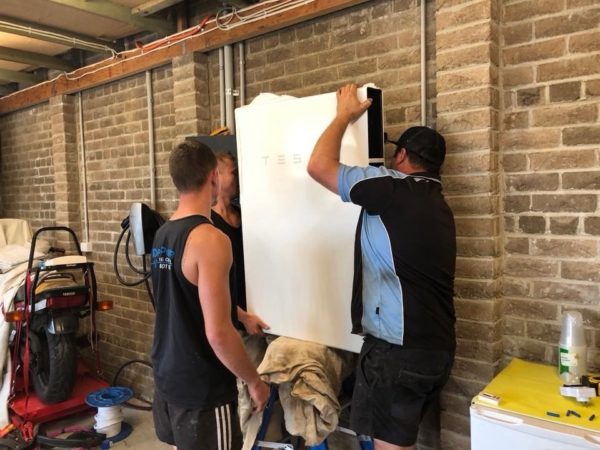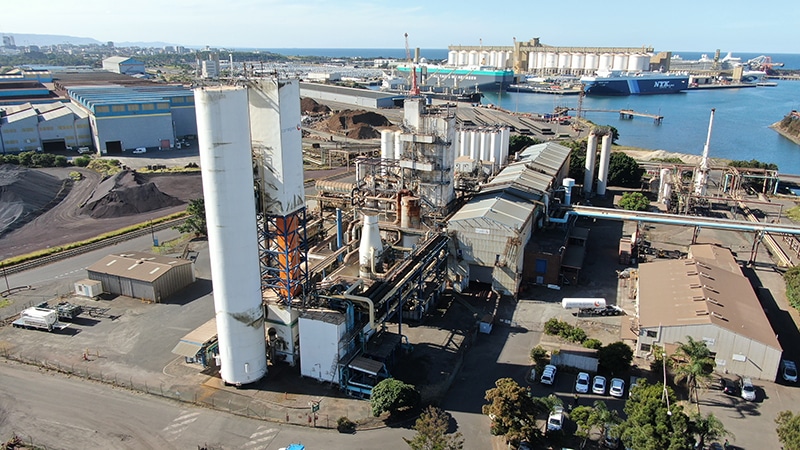With Australia’s National Electricity Market spot market now suspended, an extraordinary move from the market operator yesterday to cool a fiery situation, the emphasis now needs to be on what can be learned from the meltdown, says Gavin Dufty, an energy analyst with St Vincent de Paul.
“Here’s an opportunity,” he tells pv magazine Australia. “It’s about recasting regulatory framework so it’s fit for purpose.”
“The world is watching us,” he adds. “We actually get to be leaders.”
“It’s not just one tweak. Everything needs to move together in concert to create the new orchestra or architecture for the future energy market because this one is not going to work, and it’s not working.”
Our current regulatory framework, built for a centralised fossil fuel system, uses a top down approach. Now, as electricity is increasingly generated on rooftops and in paddocks, the system needs to reflect this shift from a handful of mega generators to a collection of small technologies. That is, it needs to be designed for the bottom up future.
https://twitter.com/timinclimate/status/1536979411027005440
In the days days, the operator (AEMO) and ministers have come out against gas and coal generators’ role in exacerbating the situation, and therefore jeopardising an essential service, Dufty is quick to point out the companies are simply following a logic made accessible to them. “They’re doing what they’ve been told to do for a hundred years”: maximise profits.
“Maybe the villain is the framework,” he posits.
Under Australia’s current framework, he says, the cost of the crisis will eventually wash up with consumers, but this doesn’t have to be the case. “Where it falls depends on how governments intervene,” he says. “In unusual times, you probably need unusual transition methods.”
He believes the electricity system is moving from a goods market to service market, which means companies operating within it should have a duty of care. This is especially true since the market delivers an essential service.
Moreover, Dufty says there needs to be a laser focus on consumer households and delivering value to them.
“Follow the money,” he says, “in the next 10 years, if you have five million Australian households investing in electricity assets like PV, EVs [electric vehicles], batteries and the like, that’s $250 billion worth of energy assets installed behind the metre.”
“The investment in energy is going to happen and those consumers will want value for their investment.”
The role of industry and the framework which governs it is to make sure that value is realised.

Image: Solaray Energy
St Vincent de Paul were one of the primary proponents of two-way pricing, which quickly came to be dubbed a ‘sun tax’ and fiercely criticised. Be that as it may, the vision is not without merit – especially when taking into account future technologies beyond solar. The Australian Energy Market Commission agreed, heralding in the change last year.
The changes, for Dufty, are imperative because they shine a light on the other side of the electricity grid balancing equation, the side often left out of the discussion: load flexibility.
Creating and compelling load flexibility, that is changing when electricity is used, is the other side of the generation drama. As others have pointed out before him, jamming more solar into the situation simply won’t work. The penetrations are already so high that much of the energy generated in the day is simply going to waste and causing greater imbalances in the night.
“There isn’t one magical solution,” he says, “diversity is the key here.”
Dufty is adamant what’s good for individual households and what is good for society and the larger electricity network don’t need to compete. But to ensure those two forces aren’t mutually exclusive, the regulatory framework needs to change drastically.
“This is not incremental change. We might have step by step,” he says, but in the end it must amount to a full redesign, especially in terms of consumer protections.
Likewise complementary frameworks like the Small-scale Renewable Energy Scheme (SRES) need to be reviewed to ensure they remain fit for purpose as well, Dufty says.
This content is protected by copyright and may not be reused. If you want to cooperate with us and would like to reuse some of our content, please contact: editors@pv-magazine.com.









I absolutely applaud your commentary. The nation needs a long-term plan, not the current peace-meal approach and a reset of the rule book if we are ever to transition to renewables and put downward pressure on bills for consumers. Recognition of this has been missing for too long.